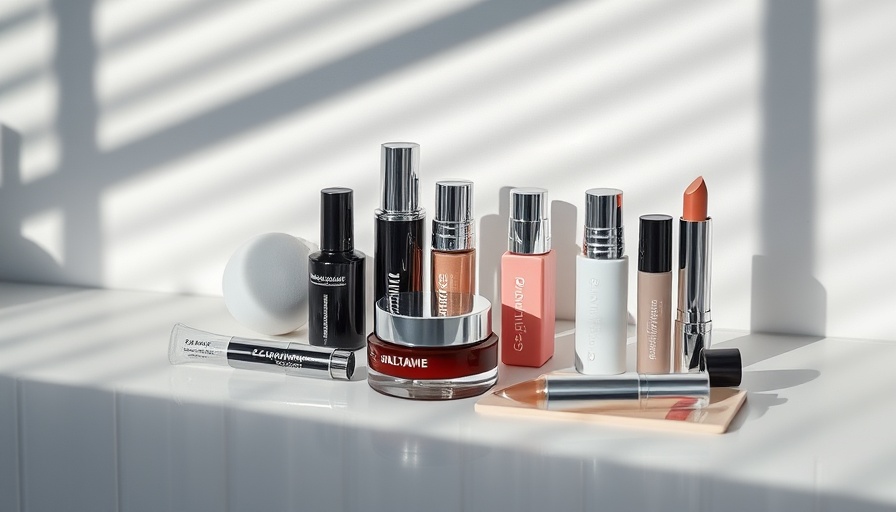
Understanding the New 50’s: A Shift in Perspective
Turning 50 once felt like a daunting milestone, conjuring images of aging and decreasing vitality. However, the narrative around this pivotal age is changing. Today's women are redefining what it means to be in their 50s, emphasizing health, well-being, and empowerment instead of resignation. As we navigate the complexities of life during this decade—juggling teenage children, aging parents, and personal aspirations—it's crucial we prioritize self-care and wellness.
Embracing Fitness and Movement
In this new era, women are focusing on accessible fitness solutions that fit their busy lives. Celebrity trainer Louisa Drake’s Invisible Reformer workout exemplifies this trend, offering a Pilates-style routine that’s adaptable and effective. The kit is designed for those who want to build strength without feeling overwhelmed by traditional gym settings. By incorporating low-impact exercises, women in their 50s can maintain their flexibility, stability, and overall wellness, ensuring they remain active as they age.
Nutrition: A Key Player in Health
Nutrition is another crucial area where women can exert control over their health during their 50s. Dr. Federica Amati, a leading nutritionist at ZOE, emphasizes the importance of nutritious, well-balanced meals. Her collaboration with award-winning chef Jane Baxter has led to Mediterranean-style recipes that prioritize health and vitality. By infusing meals with essential nutrients and proteins, women can expect to enhance their well-being and energy levels, proving that we can thrive during this life stage instead of merely surviving.
Caring for Hair Health and Beyond
Midlife hair loss is a common concern for many women, but treatments are evolving. My personal favorite has been the CALECIM® Professional system, a hair treatment that utilizes stem cell technology to rejuvenate hair follicles. Within weeks, users notice improved quality and density of hair, empowering them to embrace their natural beauty during this transformative decade. By addressing these physical changes, women can reclaim confidence and redefine their narrative around aging.
Mental Well-Being: Harnessing the Power of Hypnosis
Mental health is equally important in this journey of transformation. After years of practicing yoga, I’ve recently incorporated self-hypnosis into my routine, a method proven to enhance relaxation and reduce stress. The reveri app developed by Stanford’s Dr. David Spiegel introduces users to a calming approach that can combat insomnia and anxiety effectively. Self-hypnosis is a path to mental clarity and peace, steering us toward a more balanced mind and body connection.
Why This Matters Now
This shift in perspective aligns with a growing acknowledgment that women in their 50s should prioritize enjoying life rather than feeling constrained by age. The resources and tools available today empower women to take charge of their health through practical habits that foster longevity and emotional resilience.
Realizing Your Potential with Actionable Steps
As we embark on this journey through our 50s, it’s essential to adopt proactive measures in our daily lives. Whether it's refining our diet, committing to a personalized fitness regimen, enhancing our hair care routines, or focusing on mental well-being, these are steps we can take to construct a life that celebrates this chapter instead of fearing it.
Final Thoughts: Join the Movement
Turning 50 is a privilege and an opportunity to redefine our health narrative. With advances in health and wellness technologies, and a focus on community support, women can embrace this decade with confidence and vigor. Let’s prioritize self-care today for a healthier tomorrow.
 Add Row
Add Row  Add
Add 




Write A Comment